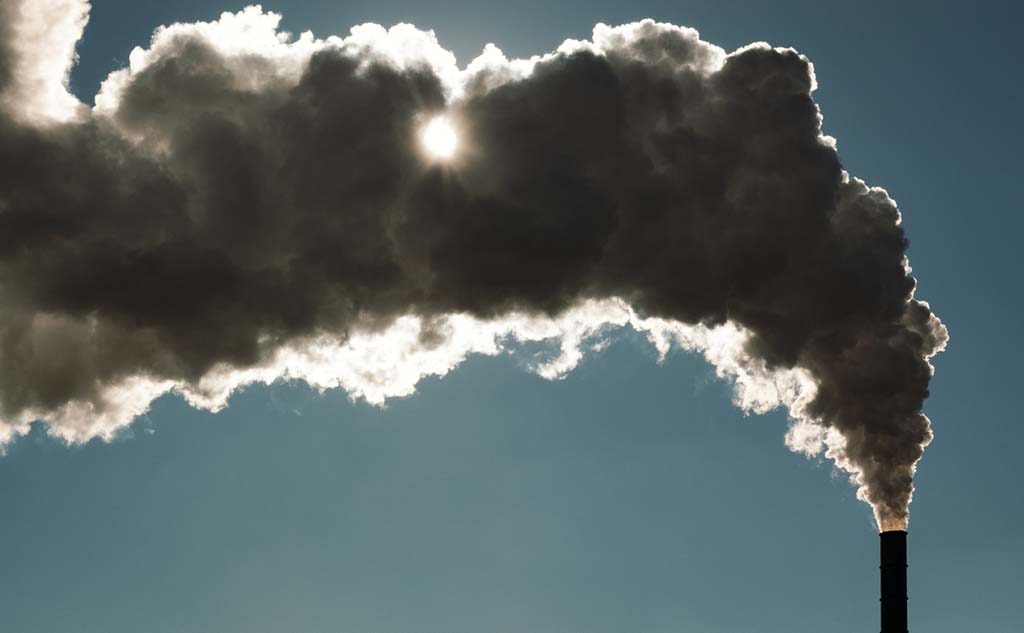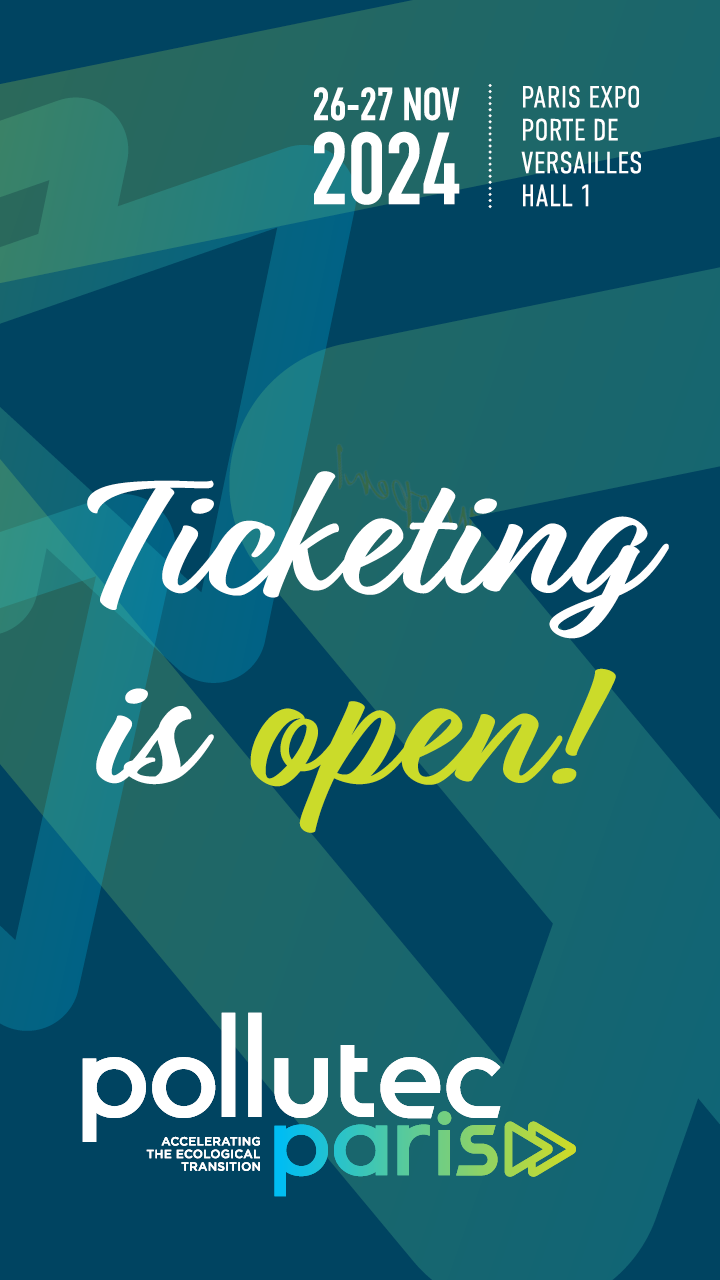In 2010, the EU adopted a Directive on industrial emissions in order to provide a better framework for the prevention and control of pollution emitted by industrial installations and large-scale livestock operations. While this Directive succeeded in reducing the environmental pressures created by these installations, the assessment undertaken in 2020 clearly showed the need to go further. This was the driver behind the revision currently underway, proposed by the European Commission.
Undeniable benefits in terms of emissions and discharges…
During its adoption at the end of 2010, the IED Directive(1) affected 50,000 installations (30,000 industrial and 20,000 agricultural) across the whole EU. In particular, it asked them to commit to respecting the conditions relating to emissions by applying the Best Available Technology (BAT) specific to their activity. It is estimated today that these regulations have contributed to reducing emissions of atmospheric pollutants by 40% – 75%, depending on the pollutant, and reducing heavy metal discharges to water by almost 50%(2).
… but a vital modernisation if a “Zero pollution” economy is to be achieved.
However, on top of the patchy implementation – despite the Directive – across different Member states, the new context of a Europe transitioning to a “Zero pollution” economy by 2050 has led lawmakers to update the rules in place in order to improve their effectiveness. The anticipated industrial transformation should contribute to achieving the key goals of the Green Deal: carbon neutrality, improved energy efficiency, the creation of an environment free from toxic chemicals and the deployment of an ever-more circular economy.
BATs explained
BATs – Best Available Technologies – are the most effective technologies available to prevent or reduce emissions and environmental impacts. They are developed conjointly with industry, European and national experts, and representatives from civil society. Inéris, which is heavily involved in the implementation of the IED in France, states that in this context “the term technologies denotes the technologies employed (production processes and/or discharge treatment) but also the design of the installation, its construction, maintenance and operation (organisational arrangements and preventive measures), and its shutdown.”».
The main developments proposed
The revised Directive seeks to tighten the operating permits for installations. It aims in particular to achieve the best performances in terms of limit values (and not constrain itself to the minimum, as is currently the case for 80% of permits) and to review the rules on derogations.
Another important point is that the new text focuses on better supporting innovation and emerging technologies. Accordingly, in addition to already-established BATs, new BATs can be considered should they prove effective. An Innovation Centre for Industrial Transformation and Emissions
(INCITE) needs to be created to help industry identify emerging solutions at a global level and, where appropriate, integrate these into the BATs.
In addition, the new IED promotes the circular economy including, inter alia, binding new performance levels in matters of resource utilisation (energy, water, materials) in the BATs and supporting the use of chemical products that are safer and less toxic in processes. It should also contribute to the development of synergies between depollution and decarbonisation, in particular by putting the focus on energy efficiency.
A greater number of installations affected
The new IED Directive proposes enlarging the scope for installations affected. To improve the reduction in methane emissions, more poultry and pig farms will be covered and intensive beef farming will be brought within the scope of application.
On the industry side, the extractive industries (both minerals and metals) – many of which are heavily involved in the eco-energy or digital transition – should also be covered. That’s also the case for the enormous factories (“gigafactories”) that produce batteries for the e-mobility sector on a very large scale and for the production and use of hydrogen, where numerous developments are underway or planned (new production methods, alternative use of other energy sources).
In total, between 1,500 and 1,900 additional industrial installations are affected by the new text under consultation.
What are the expected benefits ?
If the revised IED Directive is adopted by the end of 2023 as announced, the new BATs could be presented in 2024, with the new technologies starting to be deployed in 2027. As soon as the text is published, industry will have four years to meet the requirements and farmers three-and-a-half years.
With respect to livestock, implementation of the new IED could lead to reductions in ammonia emissions of 128,000 tonnes a year and in methane emissions of 265,000 tonnes a year. More generally, the emissions of pollutants from the new sectors covered could see a global reduction of around 35% to 70%(3).
1) Directive 2010/75/EU of 24 November 2010, associated with the Regulation relating to the European Pollutant Release and Transfer Register (regulation E-PRTR).
2) E.g.: SO2, NOx, ammonia and particulates together with mercury and other heavy metals.
3) These estimates from the Commission are based on experience gained in IED application since 2010.
Discharge control: a priority action for the inspection of ICPE (Installations classified for protection of the environment) for 2023
Beyond the long-term actions directly related to its policing missions, the Classified Facilities Inspectorate has identified 3 priority actions for 2023. Among these is the control of atmospheric discharges from classified installations subject to permit. The goal is to check the capture at source of discharges into the air and the treatment installations, to verify through an approved body the proper implementation of regulatory controls on atmospheric discharges**, and to draw conclusions on whether emission limit values are being adhered to. The action will look at the techniques for effluent channelling / capture, the relevance and representativity of the measures with respect to an installation’s operating conditions, and compliance with the standards of any measures taken.
* The other two relate to drought and the limiting of methane leaks.
**The latest decree on the approval of organisations was issued on 16 December 2022 (Official Gazette (JO) of 24 12 2022) and came into force on the first of January this year.».




